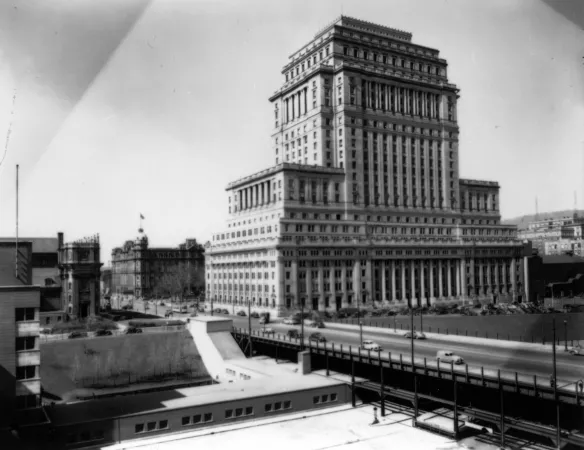Louis Siminovitch, the art of science
This article was originally written and submitted as part of a Canada 150 Project, the Innovation Storybook, to crowdsource stories of Canadian innovation with partners across Canada. The content has since been migrated to Ingenium’s Channel, a digital hub featuring curated content related to science, technology and innovation.
Bryson Masse
Algonquin College Journalism Program
Louis Siminovitch was a lover of science, while his wife, Elinore, had a passion for plays and critical thought. It was a marriage of science and art – one that would later take shape in the Siminovitch Prize in Theatre – a prestigious award given to the best in Canadian theatre. Louis Siminovitch was a pioneer in the field of genetics, paving the way to our current understanding of modern medicine while his wife was an innovative playwright. Siminovitch was at the helm of many ground-breaking projects like establishing the Department of Genetics at the Hospital for Sick Children.
Born in Montreal, Simnovitch was the son of Eastern European parents. He was raised in the midst of the depression, and while his family did not have great means, they made sure that Siminovitch had education opportunities. He took chemistry during his initial university career but also found time for English and arts courses. Siminovitch married Elinore, a playwright, before moving to France. There he turned to biochemistry and joined the laboratory of Louis Rapkine at the Institut Pasteur in Paris.
Siminovitch returned to Canada in 1953. Siminovitch helped found many of Canada’s biology science publications. His early contributions – such as his work discovering stem cells with Ernest McCulloch and James Till, led him to become Canada’s chief biologist, in an unofficial capacity. He found that if you took inspiration from many different sources, your result would be far stronger.
Louis Siminovitch was inducted into the Canadian Science and Engineering Hall of Fame in 2008.
Transcript
Dr. Louis Siminovitch was born in Montreal in 1920. He studied chemistry at McGill University, earning his Ph.D in 1944. Research fellowships at the National Research Council Research Council in Ottawa (1944-47) and at the Institut Pasteur in Paris (1947-53) followed. During the early 1950s Dr. Siminovitch was a National Cancer Institute of Canada Fellow at the Connaught Medical Research Laboratories in the University of Toronto, after which he joined the staff of the University's Department of Medical Biophysics. From this foundation, Dr. Siminovitch assumed a key leadership position as one of Canada's most renowned medical scientists and scientific builders.


















